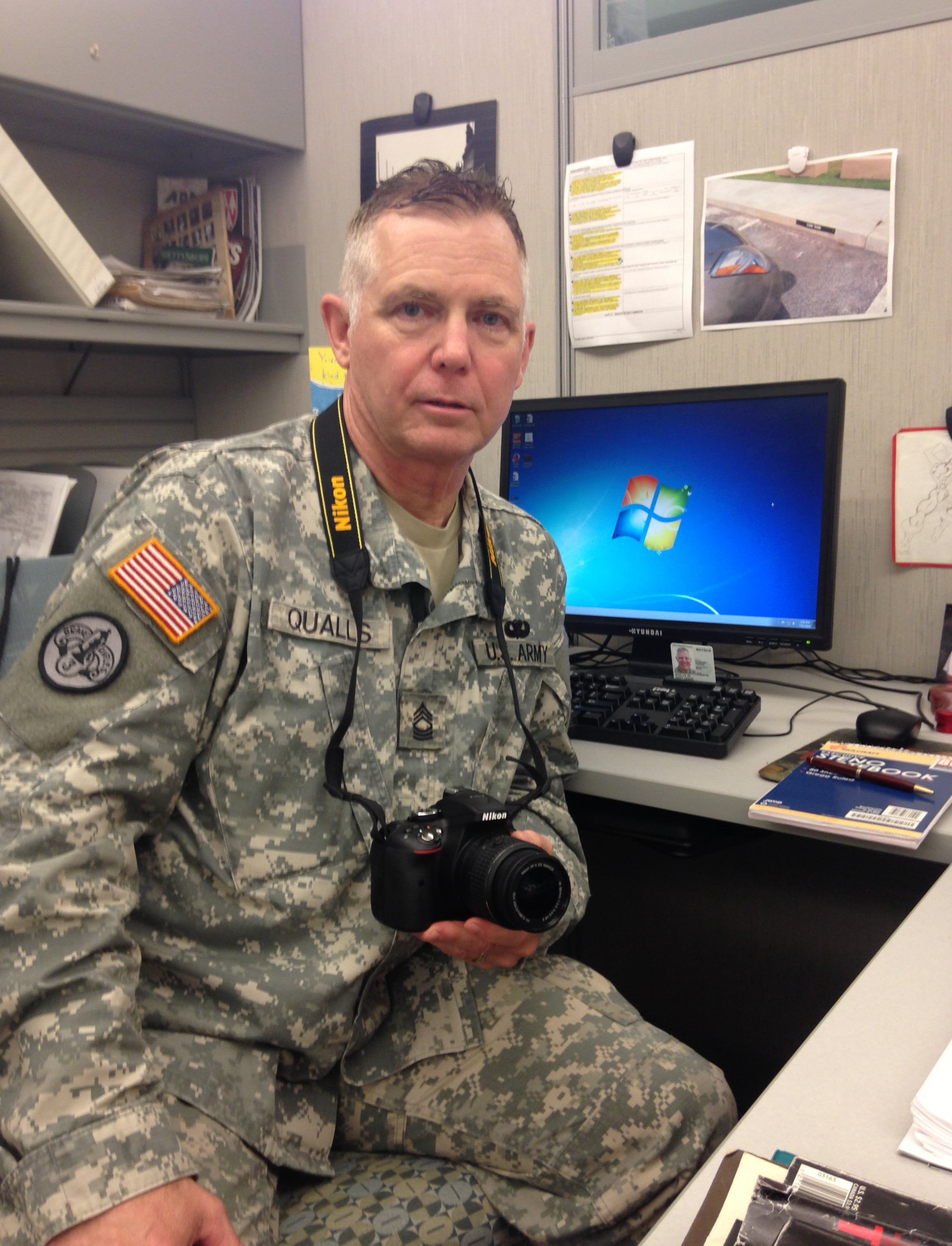Downsizing is currently a major effort across the Army and the public affairs branch is losing positions. This is evidence it is also losing favor in the Army, despite the fact it impacts vitally important public opinion through media relations. How the branch got to this state and how it can return to its "Be All You Can Be" glory days are subjects that could be the difference between winning and losing our future wars.
When this writer was coming up in the Army, public affairs was considered a significant force multiplier for Army commanders. The "Be All That You Can Be" recruiting campaign was one of the most successful in the history of the military. The Defense Information School was an inspiring place where the best public affairs practitioners gave young Soldiers a vision of what they could accomplish and how they could make a difference in the defense of the nation by telling the Army story.
There were some dynamic Soldier-journalists like Fritz Homan, Rich Glynn, and Pam Smith who wrote and broadcast powerful stories about gritty, marathon training exercises, hundred-mile marches, cutting edge Army innovations, incredible feats, compelling relationship stories, and the grief and triumph of war.

Master Sgt. Gary L. Qualls Jr.
Photo Credit: Courtesy photo
Public Affairs pioneers like Sgt. Maj. (ret.) Gary Beylickjian were causing paradigm shifts, changing the Army's perspective on difficult issues such as suicide by advocating the subject not be considered taboo so it could be openly discussed and its resolution encouraged. Other U.S. Army Public Affairs Hall of Fame inductees advocated transparency, pointing to the merits of emphasizing the positive steps units were taking to correct problems rather than sweeping unsavory facts under the carpet.
They recognized eventual disclosure was inevitable and hiding stories that were detrimental to the Army's image would eventually make it look even worse. Still, other Army public affairs practitioners, like Al Gore, rose to fame outside of the branch and the Army. Soldiers and civilians were happy to be in a job they loved and proud to be a link in a mission that mattered.
Somewhere along the line, however, the public affairs job descended from professionally and passionately telling a story that mattered to superficially summarizing events and mindlessly filing stories somewhere where they would never see the light of day — doing the Army nor anybody else any good. Moreover, the branch did not live up to its Joint Publication 3-61 (Public Affairs) doctrine of "maximum disclosure, minimum delay" regarding providing information to external media. At a recent worldwide public affairs symposium, ABC Chief Global Affairs Correspondent Martha Raddatz opined that this and other frustrations put the republic's crucial cog of a free press aside to the point where many media representatives are near or at their limit as far as dealing with the branch.
Further exasperating the situation has been an Army leadership that, in many instances, thinks of public affairs as an extension of protocol rather than professional communicators who could be used to shape the operational environment the way that ISIS is currently doing.
The United States Marines have always understood the importance of public affairs. Their recruiting campaigns are legendary and, more importantly, public affairs personnel have always been in Marine leadership's circles. Marines are savvy enough to know to "never argue with a man who buys his ink by the barrel," or with someone whose website is followed by millions of people worldwide.
Regardless of the reason, the pertinent question about public affairs is: Where do we go from here? The oncoming shakeup of public affairs could be a good development. Public affairs could use this trial as an opportunity to get back to the basics of passionate, relevant and timely communication, where they write and photograph events that matter and market them in a manner that actually has a positive effect for the Army. The branch can be renewed and strengthened if Army leaders follow the vision of their sister branch, the U.S. Marine Corps, and use public affairs for its doctrinally intended purpose rather than for covering trivial events that are of no interest or concern to the general public.
This is a crucial time for the Army and public affairs. History has shown public opinion begins and ends wars and the conventional media – and even more so now social media — remains a huge factor in influencing the masses. The Army and public affairs leaders would do well to be vigilant about the next move they make regarding a branch deemed necessary since 1775.
Master Sgt. Gary L. Qualls, Jr. is the Army Press Sergeant Major, Combined Arms Center, Fort Leavenworth, Kansas.









